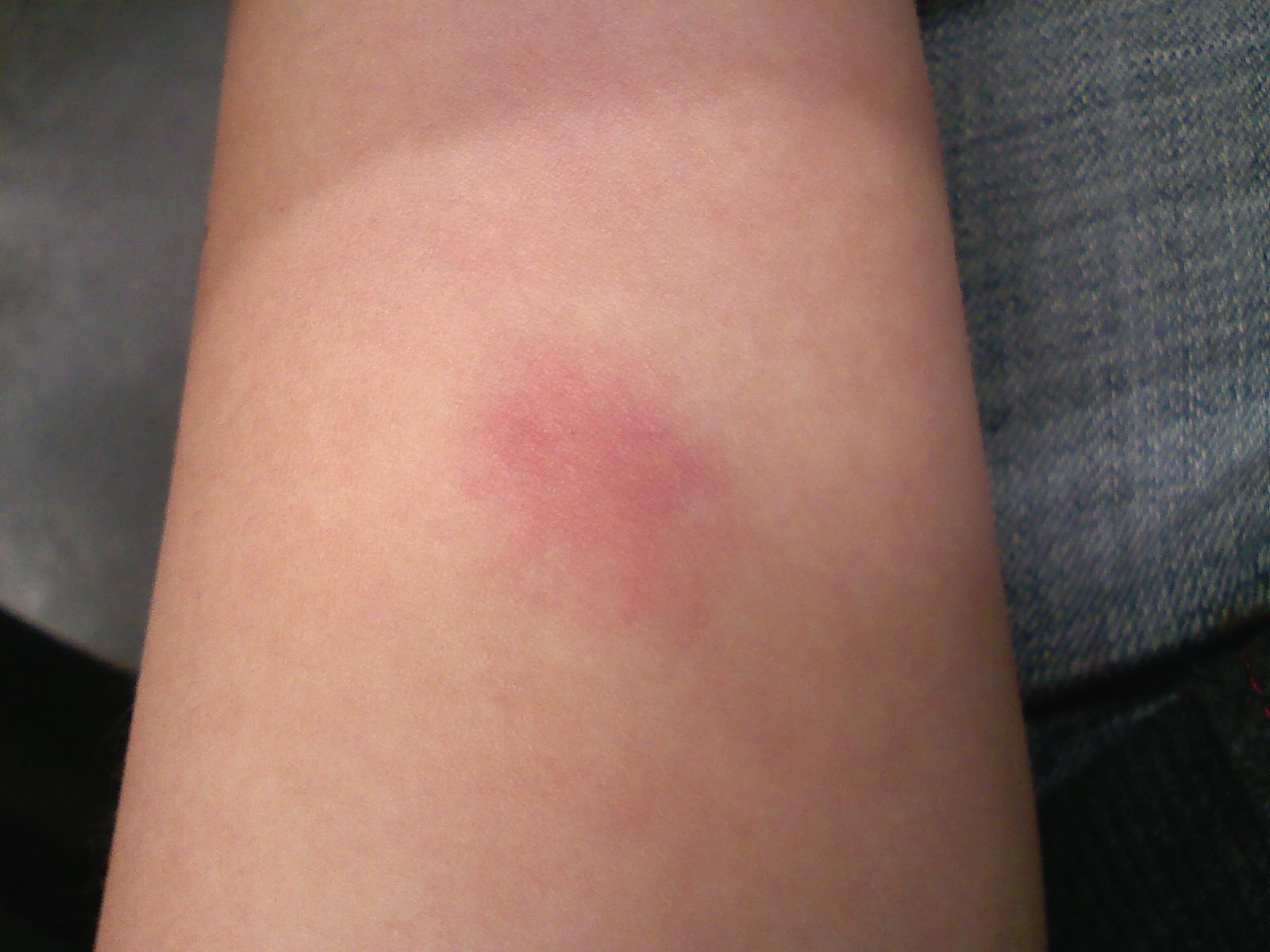

Pics Of Positive PPD Test: Understanding Tuberculosis Screening
The PPD test, or Purified Protein Derivative test, is a crucial tool in the early detection of tuberculosis (TB). This article explores the significance of positive PPD test results, how to interpret them, and what they mean for individuals and public health. Understanding the implications of a positive PPD test is vital for effective TB management and prevention.
In recent years, the incidence of tuberculosis has remained a significant public health challenge globally. With increasing awareness and screening, many individuals may encounter the PPD test as part of routine health evaluations, especially in high-risk populations. The images of positive PPD tests often circulate in medical literature and online, serving as educational resources for both healthcare professionals and the general public.
This article will provide a comprehensive overview of the PPD test, including its procedure, interpretation of results, and the next steps following a positive test. We will also discuss the importance of understanding tuberculosis as a disease and how it impacts your health and the community at large.
Table of Contents
- What is the PPD Test?
- How Does the PPD Test Work?
- Interpreting PPD Test Results
- Pics of Positive PPD Test
- Next Steps After a Positive PPD Test
- Myths and Facts about PPD Testing
- Case Studies: Real-life Examples
- Conclusion
What is the PPD Test?
The PPD test, also known as the tuberculin skin test, is a method used to determine if a person has been exposed to the bacteria that cause tuberculosis. This test involves the intradermal injection of a small amount of purified protein derivative (PPD) into the skin, typically on the forearm.
Key Features of the PPD Test:
- Simple and quick procedure
- Requires follow-up for reading results
- Widely used in screening for TB
How Does the PPD Test Work?
The PPD test works by triggering an immune response in individuals who have been infected with the TB bacteria. Upon injection, the body will recognize the PPD as a foreign substance and mount an immune response, which can be measured after 48 to 72 hours.
Procedure Steps:
- Preparation of the injection site.
- Injection of the PPD solution.
- Scheduling a return visit to assess the reaction.
Interpreting PPD Test Results
The interpretation of a PPD test result is crucial in determining whether further action is needed. Results are typically categorized as positive or negative, with specific criteria based on risk factors.
Criteria for Positive Results:
- 5 mm or more induration in high-risk individuals (e.g., HIV positive, recent TB exposure).
- 10 mm or more induration in individuals with moderate risk (e.g., healthcare workers).
- 15 mm or more induration in individuals with no known risk factors.
Pics of Positive PPD Test
Images of positive PPD tests can provide visual insights into how the skin reaction appears. A typical positive result will show a raised, red area at the injection site, indicating a significant immune response.
Examples of Positive PPD Test Reactions:
- Small, raised bumps at the injection site.
- Redness surrounding the induration.
- Size of the induration measured in millimeters.
Next Steps After a Positive PPD Test
After receiving a positive PPD test result, it is essential to follow up with further testing, such as a chest X-ray, to determine if active TB disease is present. This step is crucial for ensuring proper treatment and preventing the spread of TB.
Follow-Up Actions:
- Consult with a healthcare provider for further evaluation.
- Undergo a chest X-ray to check for active TB.
- Discuss treatment options if TB is diagnosed.
Myths and Facts about PPD Testing
There are several misconceptions surrounding the PPD test and tuberculosis. Understanding these myths can help individuals make informed decisions about their health.
Common Myths:
- Myth: A positive PPD test means you have active TB.
- Fact: A positive result indicates exposure to TB, not necessarily active disease.
- Myth: The PPD test is only for high-risk individuals.
- Fact: Anyone can be tested, especially if they show symptoms or have been exposed.
Case Studies: Real-life Examples
Case studies can illustrate the real-world implications of positive PPD tests. For example, individuals in high-risk settings, such as healthcare workers, often undergo routine testing to monitor their TB status actively.
Example Cases:
- Case 1: Healthcare worker with a positive PPD test.
- Case 2: Individual from a high-prevalence area diagnosed with latent TB.
Conclusion
In conclusion, the PPD test is a vital tool in the fight against tuberculosis. Understanding the significance of a positive PPD test, and following through with appropriate medical actions, can contribute to better health outcomes for individuals and communities. If you suspect you've been exposed to TB or have questions about your results, consult a healthcare professional for personalized advice.
We encourage you to share your thoughts in the comments below, and don’t forget to check out our other articles for more information on health and wellness topics!
Thank you for reading, and we hope to see you back on our site for more informative content!
Bonnie Tyler: The Best Of Her Musical Journey
Understanding Pubic Hair Transplant: A Comprehensive Guide
Steve Brady: The Complex Character Of Sex And The City


